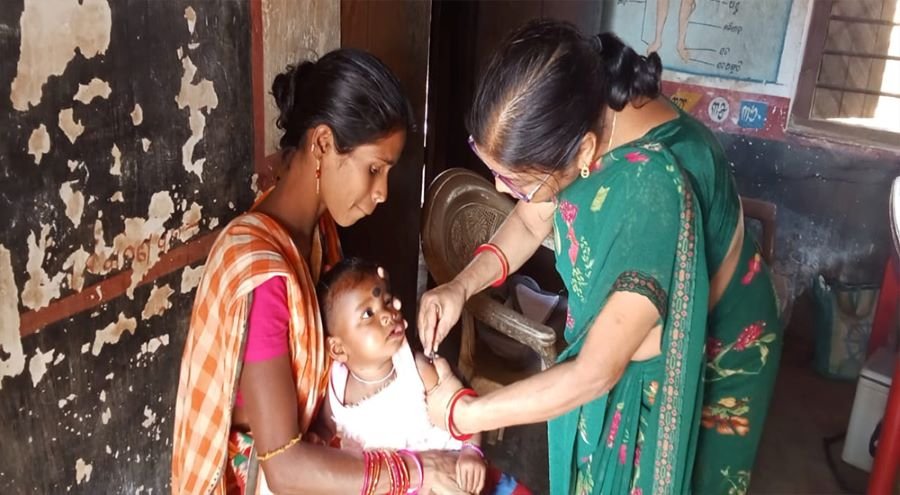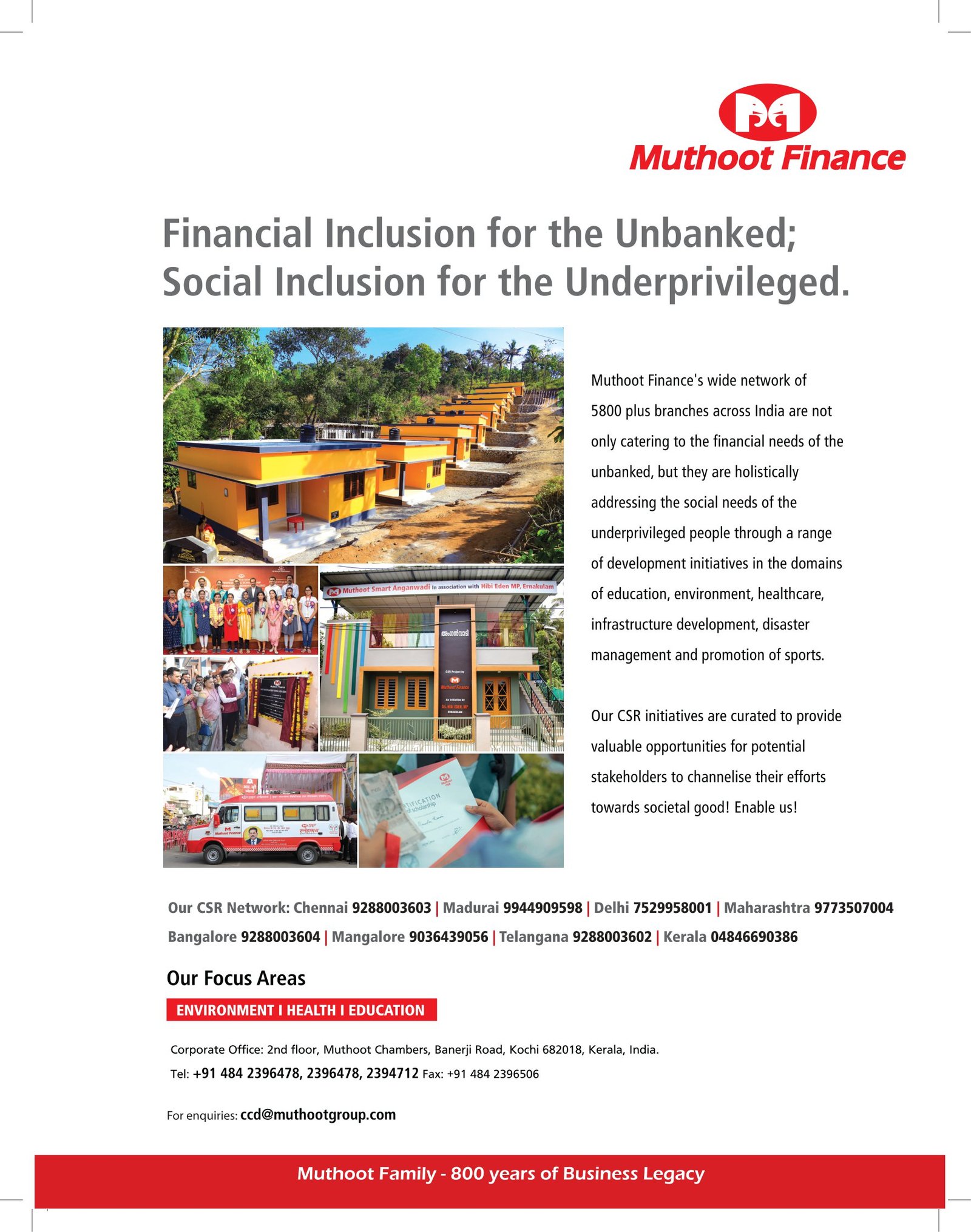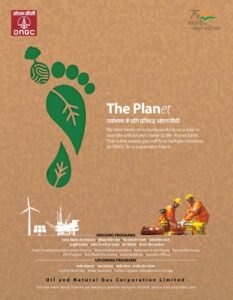
Following the footprints of Mahatma Gandhi, the newly constituted government in the year 1950 made it clear that ‘promoting child education’ was the need of the hour.The Indian parliament elaborated the significant features of child education by incorporating various new provisions in the pages of Indian constitution. Apart from few constitutional articles, the main provisions for child education have been enshrined in the directive principles of state policy. However, various new policies and plans, apart from constitutional provisions, were made to provide the children, below 14 years, with free and compulsory educations. However, this did not take us very far. To keep the above promises, the Indian parliament on August 4, 2009, passed Right to Education Act for ‘free &compulsory education’ of children between 6 – 14 years. The Act however came into force on April 1, 2010.
WHAT THE RTE ACT IS ALL ABOUT
The RTE basically explains the modalities and significance of the ‘free and compulsory education’ for children between the age groups of 6 to 14 years in India. Covered under the fundamental rights, the RTE comes under Article 21A of the Indian Constitution. India is among 136 other countries of the world to make education as fundamental rights of every child.
HOW DOES IT ENSURE HELP TO THE CHILDREN
As per the provision, children between the age group of 6 to 14 can get free education from class 1 to class 8 in government or government aided school in his or her locality. This act is basically meant to ensure all required assistance to the children, especially the socially and economically deprived classes of the society. The act also made it compulsory for the private schools to enroll local kids in their institutions. They can be enrolled in the suitable classes, even in absence of necessary documents like: age proof, identity proof etc. The Act also says that neither the children could be beaten nor can they be forced to appear in the test.
TARGET AND BENEFICIARY GROUPS
Although, the Act is meant to ensure rights of education to all children (between 6 – 14 years) of the society, but it is more responsible for the deprived children or the children belonging to the socially or economically weaker sections of the society.
IMPACT OF RTE ACT IN PRESENT SOCIETY
Right from implementation of the RTE Act 2009, on April 1, 2010, a sea change has been witnessed across the nation. Not only in the areas of education, but unprecedented changes were marked in the social and moral growth of the citizens of all classes. Apart from creating awareness among the masses, the Act has also created a kind of ‘fear psychosis’ among the uneducated guardians especially, those who ignored the need, necessity and value of education. In other words, with implementation of the RTE Act, the country has moved towards a rights based frameworks that casts a legal obligation on the union as well as the state governments to implement this fundamental right of the children. The Act has also created a legal net against negligent parents and irresponsible citizens.
TO WHAT EXTENT THE RTE ACT HAS BEEN SUCCESSFUL IN ITS MISSION
Now, the question is whether the government agencies or the citizens (state as well as the union) are all-around success in achieving the goal of RTE Act? To this,the answer is not in an affirmative mode. We get complex mode of reply from different corners. The extensive studies of the available reports and information prepared by the various governmental and non-governmental organizations, apart from ground-level analysis in rural areas, show that still there is an ardent need of channelization of different agencies for proper implementation of the Act. This apart, poor infrastructure, lack of transportations, inadequate human resources and lack of community wise awareness have marred the basic motto of the RTE Act.
CHALLENGES IN IMPLEMENTATION OF RTE ACT
The ground level studies and evaluation on implementation of RTE Act however reveals the ‘lack of resources’, lack of coordination among the concerned agencies, unavailability of human powers are among dozens other challenges that have marred the actual motive of the RTE Act since its implementation 2010.
RTE ACT AND LEGAL FRAMEWORKS
Going through several High Courts and Supreme Court cases (under trial, pending and disposed cases between the years 2010 – 2016) related to the violation of child rights, it came into notice that there are several such factors that directly affect the rights of a child under the RTE Act.
The case studies reveal that at least 49% cases on the RTE Act have dealt with questions of access to education due to different reasons like denial of admission, fixing age-limits for admission to a particular class, transfer of students from one school to another, conducting screening tests at the time of admission etc. Cases related to the denial of admission by the private schools, delayed reimbursement by State governments to private schools, ambiguity over definitions of ‘economically weaker sections’ and ‘disadvantaged groups’ are some of the most prominent issues that have arisen in relation to this provision. There have been several cases of unaided private schools fighting with State governments over their perceived autonomy vis-à-vis obligations outlined in the RTE Act. Other issues included the applicability of the RTE Act to minority schools, applicability of the no-detention policy to private schools, and the definition of ‘neighbourhood’ for admission into ‘neighbourhood schools’. In the eyes of law, it is still unclear if all unaided private schools and some specified government schools are prohibited from conducting admission tests/interviews, as a recent MHRD order significantly weakens this ban. Further, many private schools continue to charge donations from children, despite it being illegal under the RTE Act. This apart there are also some features of the Act that have been marked less disputed like provisions related to facilities for disabled students, provisions mandating basic facilities and adequate infrastructure in schools etc.
EXPERT ANALYSIS
“Multiplicity of authority and confusion among the implementing agencies is proving to be the biggest bane in delivering the results. The project needs to be implemented through a single window approach to get optimum benefit for the children”, said Pradeep Kumar Mishra, a Patna based educational consultant, adding, “Had there been proper and sincere coordination among the agencies, the beneficiaries as well as the government functionaries could have fetched better results.” “Benefits to accrue under the RTE Act 2009 are routed through different government department like social welfare, district welfare and other departments of the district administration. As such, unless the education departments establish proper coordination among these departments, it would be difficult for the masses to find optimum benefit of the Rights”, Mishra said.
“When visited in remote – rural locations of Odisha, it came into light that there were several government schools that functioned with constraints. We stumbled upon several government schools that had managed more that 300 – 400 hundreds children in just a 2-3 room school buildings. Besides, myriads of examples related to lack of teachers and other none teaching staffs were seen in hundreds of schools. There are schools with a strength of about 400 children but managed by just 2 or 3 teachers”, said Karuna Dayal, a social worker and the program manager of Multiple Action Research Group (MARG). “Unless the infrastructure facilities are improved and the number of teachers increased in government schools, expecting results from the RTE Act would be a reverie,” Dayal added. Research analysis and studies also suggest that minority communities, especially the Muslims and the Christians living across the remote areas of Jharkhand, Chhattisgarh, Odisha, West Bengal and few other states are the worst affected groups. They have so far failed to get the benefits of the Act.






























